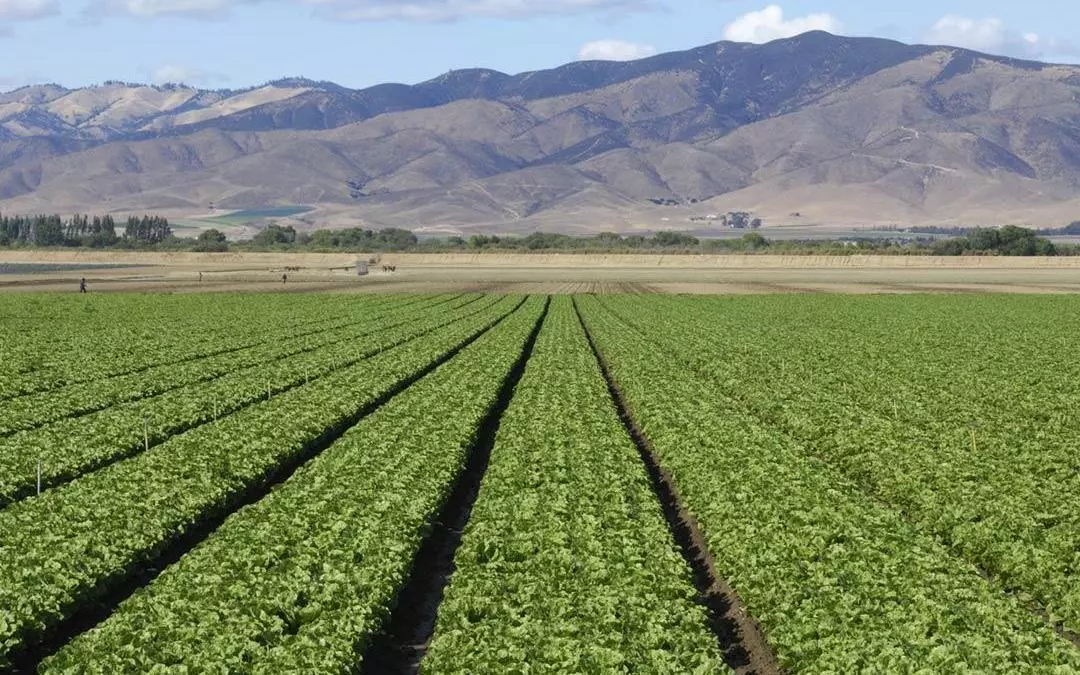From Field to Table: The Evolution of Food Safety

The E. coli outbreak of 2006 changed the game for California farmers. Fear instantly began to play a large part in buying patterns from customers up to direct buyers. An overhaul of our concept of food safety was imminent. In response, California farmers began to set stricter guidelines, effectively ensuring that only clean, safe produce make it to consumer’s plates.
The LGMA (California Leafy Green Products Handler Marketing Agreement) formed in 2007, and other food safety organizations have quickly become the standard to which you, the growers, are held. Major buyers now require these certifications, cementing them as the industry standard and a force of change within. Treating your water to meet these metrics has become one of the most important aspects of your harvesting season – and the most expensive.
How do we meet LGMA guidelines?
The 2006 outbreak prompted an investigation, leading to the discovery that O157, known more commonly as E.coli, is often delivered through overhead sprinkler irrigation systems from Type B, or open-air sources. To combat this danger, a new standard metric has been set. Since 2018, ranches have been expected to meet a criterion of 2 of 3 samples testing as non-detect for generic E. coli and 1 testing at no greater than 10 MPN for generic E. coli. All 3 samples must not test greater than 99 MPN for Total Coliform or an adequate log reduction of TC based on an untreated source sample must be documented. In addition, all water systems must be tested and treated within 21 days of harvest in order to verify these metrics. (Ward, 2020)
A variety of chemicals can be used to treat the water at its source. The most common are oxidizers such as calcium hypochlorite, sodium hypochlorite, potassium hypochlorite, and PAA. These chemicals work to oxidize any and every cause of turbidity, including non-invasive matter. We at Meras, however, choose to utilize a bacteria-specific oxidizer called chlorine dioxide which targets harmful bacteria rather than inane debris.
Why do you need us?
All growers have access to these chemicals and the ability to apply them. Hoping to meet these new guidelines on your own, however, is much more complicated. Without in-depth knowledge and constant monitoring, chances of failure to meet the new guidelines – resulting in unfavorable test results at the time of harvest, is high. This failure throws a very large, very expensive wrench into the process.
As a full-service provider, we not only offer testing and treatment, we complete the process from start to finish all so that you don’t have to. Our service includes detailed documentation and analytics, raising the efficiency of your entire operation. With us, you know that your harvest season will not culminate in a sudden halt and that you are certified for an ever-expanding list of big-name buyers.
Though the future of LGMA and other industry standards is unclear, there is no question that food safety will continue to be of the utmost importance. Your buyers are aware of that fact and we are here to ensure that you meet their expectations at every turn.
Citation:
A. Ward, personal communication, December 21, 2020
Additional Resources:
California LGMA. (2020) Commodity Specific Food Safety Guidelines: For the Production and Harvest of Lettuce and Leafy Greens. https://lgmatech.com/wp-content/uploads/2020/08/CA-LGMA-Metrics-August-2020_Final_Clean_9-18-20.pdf
